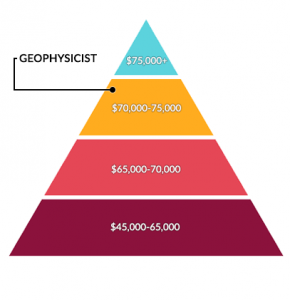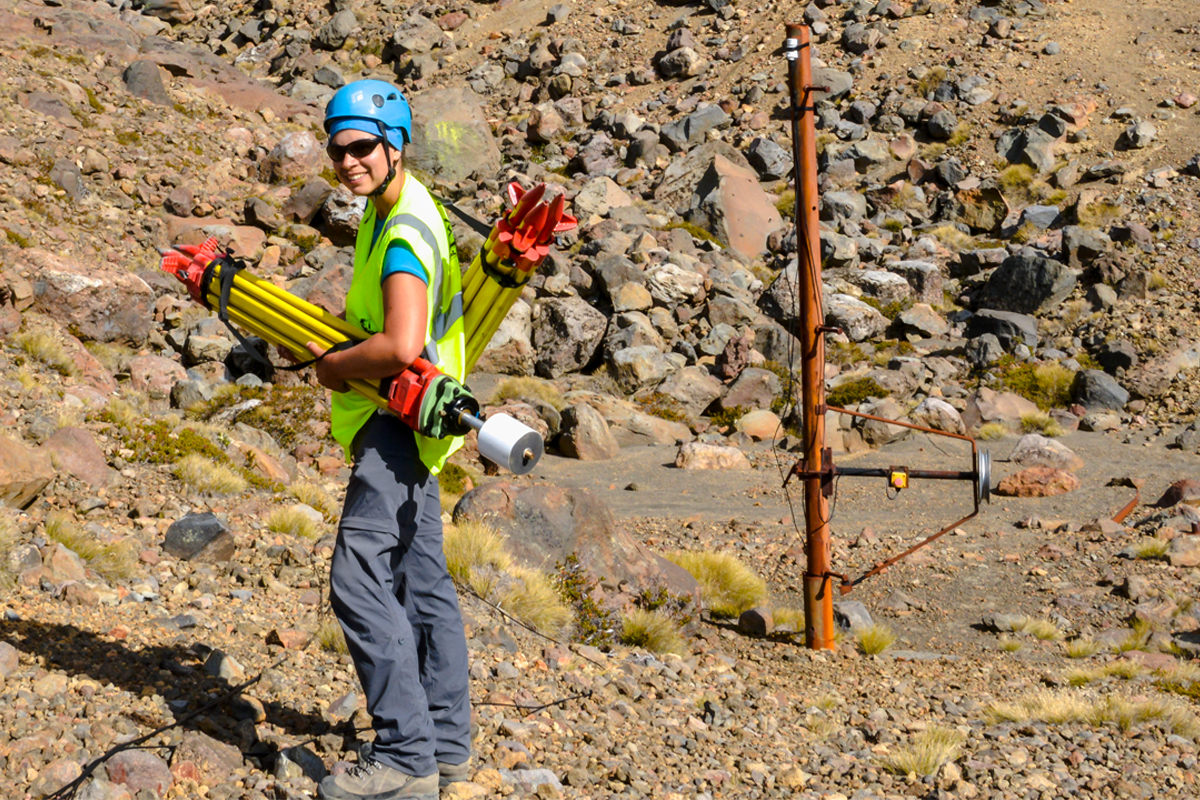All Categories
Featured
Table of Contents
Marine Geophysicist - Explore The Seafloor in Carramar Western Australia 2022

The main design for the radial structure of the interior of the Earth is the initial recommendation Earth design (PREM). Some parts of this model have actually been updated by current findings in mineral physics (see post-perovskite) and supplemented by seismic tomography. The mantle is primarily made up of silicates, and the boundaries in between layers of the mantle follow phase transitions.

Schematic of Earth's magnetosphere. Flows from left to.
Inside the magnetosphere, there are relatively thick areas of solar wind particles called the Van Allen radiation belts. Geophysical measurements are usually at a specific time and location. Precise measurements of position, along with earth deformation and gravity, are the province of geodesy. While geodesy and geophysics are separate fields, the 2 are so closely linked that lots of scientific companies such as the American Geophysical Union, the Canadian Geophysical Union and the International Union of Geodesy and Geophysics incorporate both.
Geophysical Survey And Investigations in Nedlands WA 2021
, combines huge collaborates and the local gravity vector to get geodetic collaborates. This approach just offers the position in 2 collaborates and is more hard to use than GPS.
Relative positions of two or more points can be figured out using very-long-baseline interferometry. Gravity measurements ended up being part of geodesy since they were needed to related measurements at the surface of the Earth to the reference coordinate system. Gravity measurements on land can be used gravimeters deployed either on the surface area or in helicopter flyovers.
, which are studied through geophysics and area physics.
Airborne Geophysical Survey in Forrestfield Western Australia 2023

Since geophysics is concerned with the shape of the Earth, and by extension the mapping of functions around and in the world, geophysical measurements consist of high precision GPS measurements. Once the geophysical measurements have been processed and inverted, the translated results are plotted using GIS.
Numerous geophysics companies have designed internal geophysics programs that pre-date Arc, GIS and Geo, Soft in order to meet the visualization requirements of a geophysical dataset. Exploration geophysics is applied geophysics that often utilizes remote noticing platforms such as; satellites, airplane, ships, boats, rovers, drones, borehole sensing equipment, and seismic receivers.
Aeromagnetic information (airplane collected magnetic information) gathered utilizing conventional fixed-wing aircraft platforms must be remedied for electro-magnetic eddy currents that are developed as the airplane moves through Earth's magnetic field. There are likewise corrections associated with changes in determined prospective field intensity as the Earth rotates, as the Earth orbits the Sun, and as the moon orbits the Earth.
Integrated Geophysical Surveys For The Safety in Kingsley Oz 2023
Signal processing involves the correction of time-series information for unwanted noise or mistakes presented by the measurement platform, such as airplane vibrations in gravity information. It likewise involves the decrease of sources of sound, such as diurnal corrections in magnetic data. In seismic data, electromagnetic information, and gravity information, processing continues after error corrections to consist of computational geophysics which result in the last analysis of the geophysical information into a geological interpretation of the geophysical measurements Geophysics became a separate discipline only in the 19th century, from the intersection of physical location, geology, astronomy, meteorology, and physics.
The magnetic compass existed in China back as far as the 4th century BC. It was not until excellent steel needles could be forged that compasses were utilized for navigation at sea; before that, they might not maintain their magnetism long enough to be helpful.
By looking at which of eight toads had the ball, one could figure out the instructions of the earthquake.'s (1600 ), a report of a series of careful experiments in magnetism.
Greeley-evans Area 3d Geophysical Survey in Quinns Rocks Aus 2022
In 1687 Isaac Newton published his, which not just laid the foundations for classical mechanics and gravitation but also discussed a variety of geophysical phenomena such as the tides and the precession of the equinox. The very first seismometer, an instrument capable of keeping a continuous record of seismic activity, was constructed by James Forbes in 1844. Geochemistry, Geophysics, Geosystems. National Aeronautics and Area Administration. Recovered 13 November 2018.
Leipzig. Berlin (Gebruder Borntraeger). Runcorn, S.K, (editor-in-chief), 1967, International dictionary of geophysics:. Pergamon, Oxford, 2 volumes, 1,728 pp., 730 fig Geophysics, 1970, Encyclopaedia Britannica, Vol. 10, p. 202-202 Ross 1995, pp. 236242 Shearer, Peter M. (2009 ). Intro to seismology (2nd ed.). Cambridge: Cambridge University Press. ISBN 9780521708425. Stphane, Sainson (2017 ).
Table of Contents
Latest Posts
Airborne Geophysical Survey in Hocking Aus 2023
Geophysical Survey Services - Geophysical Test Methods in Karrinyup Australia 2020
Geophysicist: Job Description, Duties And Requirements in The Vines Aus 2020
More
Latest Posts
Airborne Geophysical Survey in Hocking Aus 2023
Geophysical Survey Services - Geophysical Test Methods in Karrinyup Australia 2020
Geophysicist: Job Description, Duties And Requirements in The Vines Aus 2020